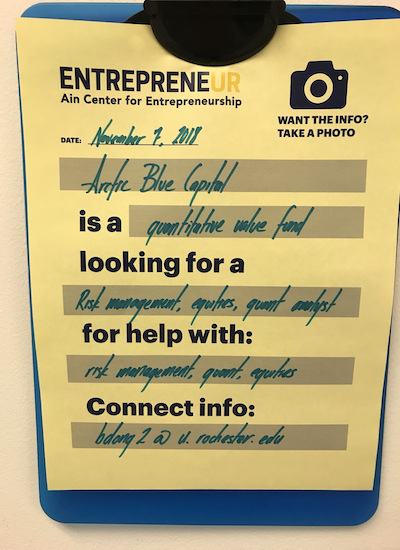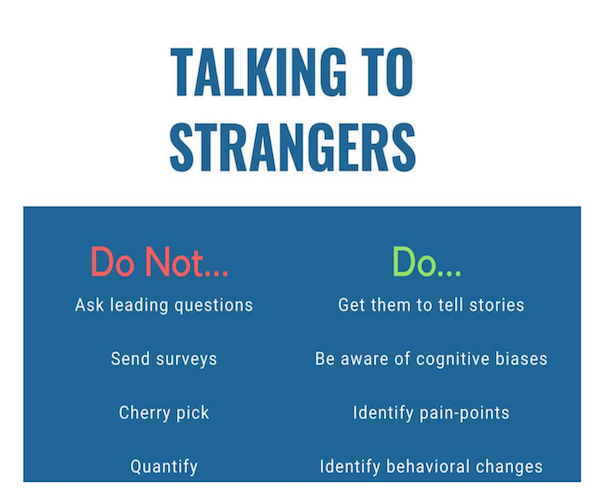It was fascinating to see the vast amount of opportunities that a startup is surrounded with at WeWork and the spontaneity that comes along with it. Efficient workspace utilization, supreme community-building environment, constant employee feedback, and flexibility in scaling are all important factors that make WeWork successful.
Additionally, The Company’s aim to base the entire building around a tech-central theme and create proximity to the startup community by dedicating 250,000 square feet of space in midtown Manhattan was inspiring. Tyler Schrodt, CEO and Founder of Electronic Gaming Federation, apprised us about the changes he made in his business plan, improvements made in product quality, customer targeting, and economic models – along with his journey of gaining streaming rights and construction of their revenue policy.









